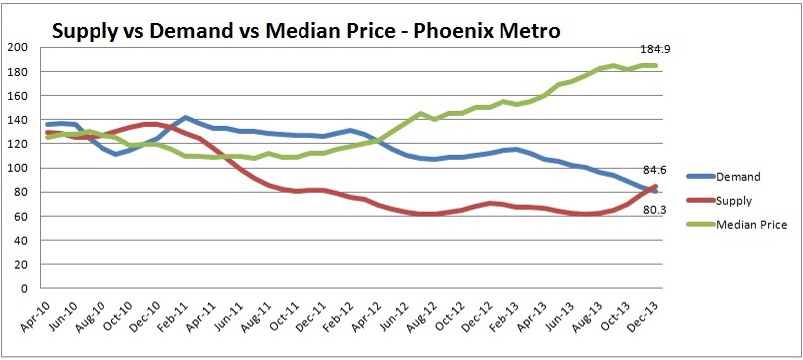With the increase in home prices, it’s a great time for investors to take advantage of that profit and reinvest by trading up into more expensive homes, or selling one home and buying two.
With the 1031 Exchange, you can sell investment property (or personal property) and defer the property gains tax by reinvesting into other real estate. So, if you sell at a $100,000 profit, instead of having to pay about one-third of that to Uncle Sam, you get to keep it all, and have it continue working for you. It’s a great way to grow your investment assets by reinvesting in more or better properties with higher returns.
1031 Exchange Requirements
Like-Kind
To qualify for the 1031 Exchange, the property being purchased must be of like-kind to the property sold. There is a lot of misconception as to what like-kind means. If you sell a condo, you don’t have to purchase another condo. If you sell a single family home, you don’t have to purchase a single family home. Like-kind refers to the section of the Internal Revenue Service Code governing it. For tax purposes, like-kind simply means investment property. You can exchange a rental house for a farm, a commercial building, shopping center or vacant land. You can even invest in oil wells or a coal mine if you like, just as long as it is an investment property.
Reinvesting Values
The net purchase price of the property or properties to be acquired or exchanged must be of equal or greater value than the net sales value of the property being relinquished. You must reinvest all your net cash proceeds from the sale to avoid any capital gains tax.
Time Lines
The Identification Period: This is a crucial period whereby you have 45 days from the close of escrow of the relinquished property to identify potential replacement properties. The 45 days is based on calendar days, and it doesn’t matter if the 45th day falls on a Saturday or Sunday, or on a national holiday. This deadline cannot be extended.
The Three Property Identification Rule: There are several different rules associated with identifying replacement properties, but the Three Property Identification Rule is the most commonly used in a 1031 Exchange. This allows you to identify up to three potential like-kind replacement properties. Even if you only plan on purchasing one property, it is still a good idea to identify three, so you have backups in case anything happens to the one you plan on purchasing.
The Exchange Period: This is the period you have to complete the exchange. You have 180 calendar days from the close of your relinquished property to acquire the new property and close the transaction. The 45 days identification period is included in the 180 days.
What Is a Qualified Intermediary?
The sale and purchase transactions must be structured properly in order to qualify for the tax deferred treatment under a 1031 Exchange, and you or your associates cannot ever have access to the proceeds of the sale. Everything has to pass through a qualified intermediary. While title companies, law offices, accountants and others may perform this function, it’s probably best to use a firm that only takes on this kind of business.
If you are thinking of doing a 1031 Exchange, or you want to start investing in real estate, call me today for more information, and to assist you in selling and purchasing your properties.
Lorraine Ryall is a multi-million dollar producer, and recipient of the Coldwell Banker International President’s Circle Award. For more information, call (602) 571-6799, or visit her Web site at www.Homes2SellAZ.com.



